Profile
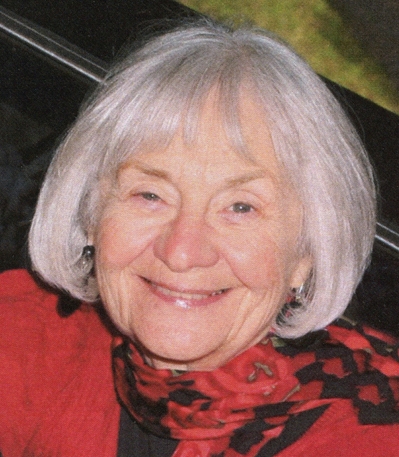
Carol Nagy Jacklin
Birth:
1939
Death:
2011
Training Location(s):
PhD, Brown University (1972)
MA, University of Connecticut (1961)
BA, University of Connecticut (1960)
Primary Affiliation(s):
College of William and Mary (1995-1997)
University of Southern California (1983-1995)
Stanford University (Early 1970s-1983)
University of Connecticut (1961-1963)
Career Focus:
Child psychology; gender studies; gender discrimination; developmental psychology; sex differences.
Biography
As a young woman, Carol Nagy was always told that if she got a good education there would be no limit to what she could accomplish in life. Nagy took this to heart and completed an MA and PhD in developmental psychology. After graduation however, she discovered that her education meant less to potential employers than her gender, and she struggled to find work despite her professional training. Outraged by the discrimination she was experiencing first hand, Nagy focused her anger on a career-long fight for equal rights and feminist action.
Born in Chicago, Illinois in 1939, Nagy’s family embraced education and encouraged her to do well in school. Her feminist identity developed in high school when she organized and became a member of her high school cheerleading squad. Previously the squad had been all-male but Nagy wanted to participate in a varsity sport and so she arranged for a co-ed team. At the end of the year, the girls were given their varsity letters only to have them revoked days later. The coaches and parents had decided that after 50 years, cheerleading was no longer going to be a varsity sport.
Although frustrated at this turn of events, Nagy had bigger things to worry about. She was about to begin her university education at the University of Wisconsin. She then met and and married her husband, referring to herself from then on as Carol N. Jacklin. When her husband was offered a job on the East coast, Jacklin decided to transfer to the University of Connecticut to complete both her BA and MA. While her husband was in graduate school, his fellowship did not get renewed and the couple was quickly running out of money. Jacklin started applying for jobs but was told by an advisor that she would not likely get many interviews because she was a woman. Her advisor offered to help by finding her a teaching job, but Jacklin was shocked at the idea of becoming a teacher. She identified as a psychologist, not a teacher. With no alternatives, however, Jacklin accepted a teaching position at the Westbury branch of the University of Connecticut.
Although she hadn’t seen herself as a teacher, once Jacklin got a taste of teaching she realized that she enjoyed it. After her daughter was born, she longed to get back into a classroom. She started teaching a night course at West Valley College and was later hired by San Jose City College. For a time she held both jobs, teaching at San Jose by day and West Valley by night. After attending a conference on the teaching of psychology, Jacklin realized that she wanted to get a PhD in developmental psychology. She applied to and was accepted into Brown University where she was awarded her doctorate in 1972.
Jacklin’s next move had a significant impact not only on her own career, but on the entire field of gender psychology. She took a position as senior research associate at Stanford University for her post doc. Here she met and began collaborating with Eleanor Maccoby. The two women shared a belief in the power of good research to reveal findings that could help women. With a pact to be true to the research, the pair set out to observe parent-child interactions.
While observing relationships between parents and children, Jacklin and Maccoby noticed more and more negative portrayals of women in the scientific literature. They began to investigate the differences between men and women as found in the literature. What started out as mere curiosity in response to a few articles turned into a labour of love: they assessed more than 1600 articles and research papers that included both male and female participants. They noticed that the results relating to gender were rarely published, so they followed up with researchers to see why. What they discovered was that these results went unacknowledged because there was often no significant difference between men and women.
In 1974 Jacklin and Maccoby published these results in a book entitled The Psychology of Sex Differences . Not only was this book critically acclaimed, it became hugely popular among both academics and the general public alike. The book made the front page of the New York Times Book Review, unusual for an academic book. It was used as a text in countless classrooms, cited thousands of times, and served as a critique of current psychological research methods. The book helped legitimize the study of gender and sex differences and made Jacklin a household name.
Jacklin did more for gender studies during her time at Stanford than write an influential book. She was an extremely vocal activist who fought against the injustice she was witnessing. She “liberated” the men’s swimming pool because of her frustration of having to use the crowded, less desirable women-only pool. She helped start the feminist studies program and was a founding member of the Center for Research on Women (now the Clayman Institute for Gender Research).
In 1983 Jacklin moved to the University of Southern California (USC) where she continued her feminist activism. Here, she became the first female professor to be tenured in the psychology department. She was also the first female chair of the department and the first female Dean of Social Sciences. From USC Jacklin moved to Virginia to become the Dean of the College of William and Mary in 1995. Despite all her academic success, Jacklin never ignored the injustice she was seeing around her. She testified in landmark sex discrimination cases against AT&T and the Virginia Military Institute. Jacklin helped to encourage recruitment of female students and faculty and she fought for the fair treatment of women in academia.
After years of teaching, researching and writing, Jacklin decided to retire to San Diego with her second husband Rich Caputo. She concentrated on her love of gardening and even became certified as a Master Gardener. She contributed to an ongoing column in local papers known as “Mountain Greening.” In 2011, Jacklin was told that she had cancer and that it was untreatable. She decided to reject chemotherapy treatment and died one week later. Jacklin was always known as someone who treated her students as colleagues, who was warm and inviting and who was always willing to give optimistic advice. She recognized that women had made incredible progress in the fight against sex discrimination, but she remained outraged at the fact that it had not yet been eliminated. Her determination, passion and loving attitude towards everything in life made her a role model for everyone who knew her.
by Meghan George (2012)
To cite this article, see Credits
Selected Works
By Carol Nagy Jacklin
Jacklin, C. N. (1981). Methodological issues in the study of sex-related differences.Developmental Review, 1(3), 266-273.
Jacklin, C. N. (1989). Female and male: Issues of gender.American Psychologist, 44(2), 127-133.
Jacklin, C. N., DiPietro, J. A., & Maccoby, E. E. (1984). Sex-typing behavior and sex-typing pressure in child/parent interaction.Archives of Sexual Behavior, 13(5), 413-425.
Jacklin, C. N., & Maccoby, E. E. (1982). Length of labor and sex of offspring.Journal of Pediatric Psychology, 7(4), 355-360.
Jacklin, C. N., Maccoby, E. E., Doering, C. H., & King, D. R. (1984). Neonatal sex-steroid hormones and muscular strength of boys and girls in the first three years.Developmental Psychobiology, 17(3), 301-310.
Kraemer, H. C., Korner, A., Anders, T., Jacklin, C. N., & Dimiceli, S. (1987). In Chess S., Thomas A. (Eds.), Obstetric drugs and infant behavior: A reevaluation. Philadelphia, PA, US: Brunner/Mazel, Philadelphia, PA.
Maccoby, E. E., & Jacklin, C. N. (1974). The psychology of sex differences. Stanford University Press.
McBride-Chang, C., Gallahan, L., & Jacklin, C. N. (1996). Activity level from birth through first grade: Stability or inversion of intensity?Early Education and Development, 7(4), 367-380.
About Carol Nagy Jacklin
Marecek, J., & Thorne, B. (2012). Carol Nagy (Jacklin) (1939–2011). American Psychologist, 67(9), 802. https://doi.org/10.1037/a00303...
Photo Gallery
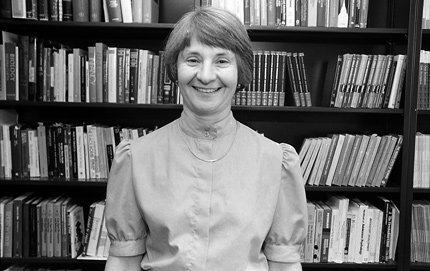
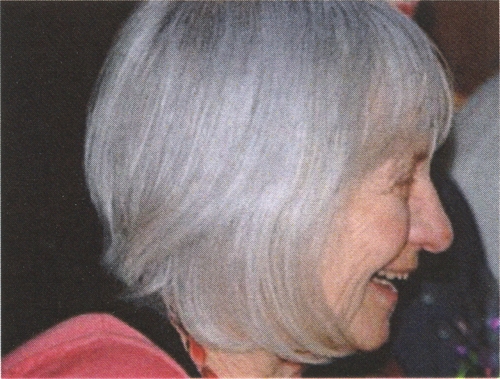
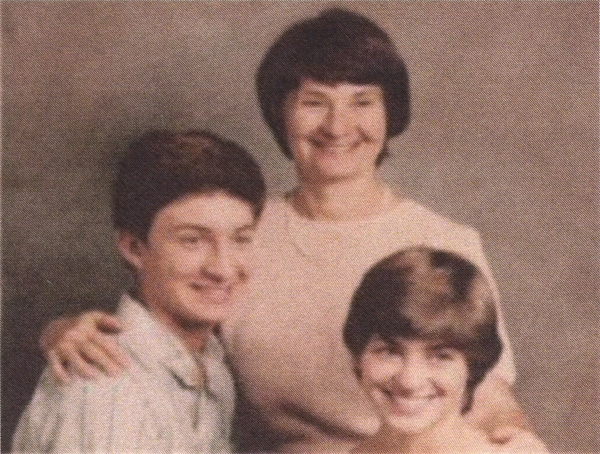
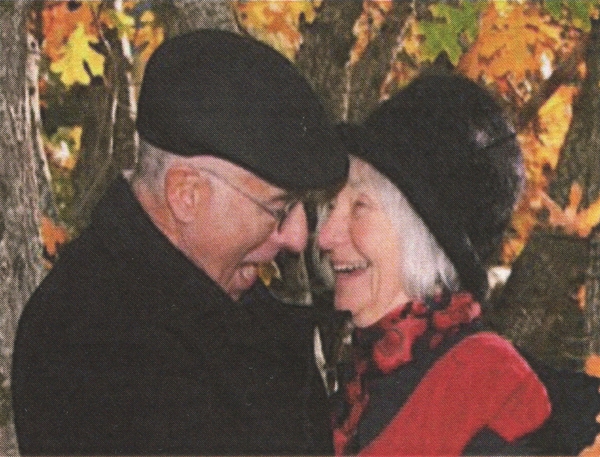
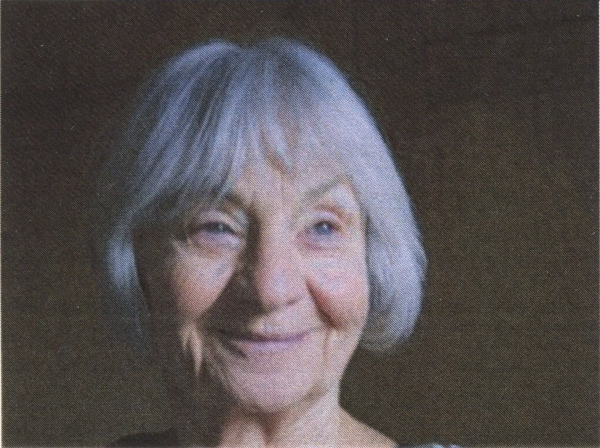
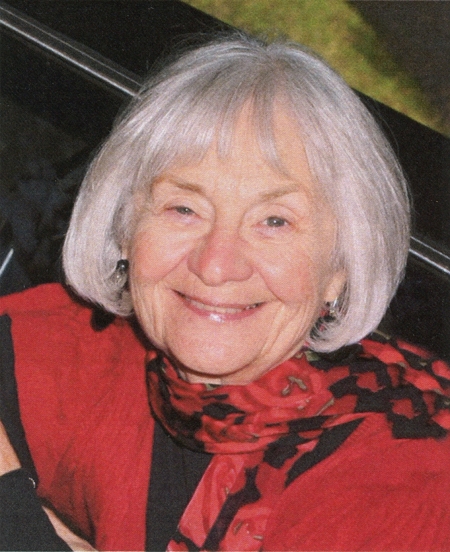

Carol Nagy Jacklin
Birth:
1939
Death:
2011
Training Location(s):
PhD, Brown University (1972)
MA, University of Connecticut (1961)
BA, University of Connecticut (1960)
Primary Affiliation(s):
College of William and Mary (1995-1997)
University of Southern California (1983-1995)
Stanford University (Early 1970s-1983)
University of Connecticut (1961-1963)
Career Focus:
Child psychology; gender studies; gender discrimination; developmental psychology; sex differences.
Biography
As a young woman, Carol Nagy was always told that if she got a good education there would be no limit to what she could accomplish in life. Nagy took this to heart and completed an MA and PhD in developmental psychology. After graduation however, she discovered that her education meant less to potential employers than her gender, and she struggled to find work despite her professional training. Outraged by the discrimination she was experiencing first hand, Nagy focused her anger on a career-long fight for equal rights and feminist action.
Born in Chicago, Illinois in 1939, Nagy’s family embraced education and encouraged her to do well in school. Her feminist identity developed in high school when she organized and became a member of her high school cheerleading squad. Previously the squad had been all-male but Nagy wanted to participate in a varsity sport and so she arranged for a co-ed team. At the end of the year, the girls were given their varsity letters only to have them revoked days later. The coaches and parents had decided that after 50 years, cheerleading was no longer going to be a varsity sport.
Although frustrated at this turn of events, Nagy had bigger things to worry about. She was about to begin her university education at the University of Wisconsin. She then met and and married her husband, referring to herself from then on as Carol N. Jacklin. When her husband was offered a job on the East coast, Jacklin decided to transfer to the University of Connecticut to complete both her BA and MA. While her husband was in graduate school, his fellowship did not get renewed and the couple was quickly running out of money. Jacklin started applying for jobs but was told by an advisor that she would not likely get many interviews because she was a woman. Her advisor offered to help by finding her a teaching job, but Jacklin was shocked at the idea of becoming a teacher. She identified as a psychologist, not a teacher. With no alternatives, however, Jacklin accepted a teaching position at the Westbury branch of the University of Connecticut.
Although she hadn’t seen herself as a teacher, once Jacklin got a taste of teaching she realized that she enjoyed it. After her daughter was born, she longed to get back into a classroom. She started teaching a night course at West Valley College and was later hired by San Jose City College. For a time she held both jobs, teaching at San Jose by day and West Valley by night. After attending a conference on the teaching of psychology, Jacklin realized that she wanted to get a PhD in developmental psychology. She applied to and was accepted into Brown University where she was awarded her doctorate in 1972.
Jacklin’s next move had a significant impact not only on her own career, but on the entire field of gender psychology. She took a position as senior research associate at Stanford University for her post doc. Here she met and began collaborating with Eleanor Maccoby. The two women shared a belief in the power of good research to reveal findings that could help women. With a pact to be true to the research, the pair set out to observe parent-child interactions.
While observing relationships between parents and children, Jacklin and Maccoby noticed more and more negative portrayals of women in the scientific literature. They began to investigate the differences between men and women as found in the literature. What started out as mere curiosity in response to a few articles turned into a labour of love: they assessed more than 1600 articles and research papers that included both male and female participants. They noticed that the results relating to gender were rarely published, so they followed up with researchers to see why. What they discovered was that these results went unacknowledged because there was often no significant difference between men and women.
In 1974 Jacklin and Maccoby published these results in a book entitled The Psychology of Sex Differences . Not only was this book critically acclaimed, it became hugely popular among both academics and the general public alike. The book made the front page of the New York Times Book Review, unusual for an academic book. It was used as a text in countless classrooms, cited thousands of times, and served as a critique of current psychological research methods. The book helped legitimize the study of gender and sex differences and made Jacklin a household name.
Jacklin did more for gender studies during her time at Stanford than write an influential book. She was an extremely vocal activist who fought against the injustice she was witnessing. She “liberated” the men’s swimming pool because of her frustration of having to use the crowded, less desirable women-only pool. She helped start the feminist studies program and was a founding member of the Center for Research on Women (now the Clayman Institute for Gender Research).
In 1983 Jacklin moved to the University of Southern California (USC) where she continued her feminist activism. Here, she became the first female professor to be tenured in the psychology department. She was also the first female chair of the department and the first female Dean of Social Sciences. From USC Jacklin moved to Virginia to become the Dean of the College of William and Mary in 1995. Despite all her academic success, Jacklin never ignored the injustice she was seeing around her. She testified in landmark sex discrimination cases against AT&T and the Virginia Military Institute. Jacklin helped to encourage recruitment of female students and faculty and she fought for the fair treatment of women in academia.
After years of teaching, researching and writing, Jacklin decided to retire to San Diego with her second husband Rich Caputo. She concentrated on her love of gardening and even became certified as a Master Gardener. She contributed to an ongoing column in local papers known as “Mountain Greening.” In 2011, Jacklin was told that she had cancer and that it was untreatable. She decided to reject chemotherapy treatment and died one week later. Jacklin was always known as someone who treated her students as colleagues, who was warm and inviting and who was always willing to give optimistic advice. She recognized that women had made incredible progress in the fight against sex discrimination, but she remained outraged at the fact that it had not yet been eliminated. Her determination, passion and loving attitude towards everything in life made her a role model for everyone who knew her.
by Meghan George (2012)
To cite this article, see Credits
Selected Works
By Carol Nagy Jacklin
Jacklin, C. N. (1981). Methodological issues in the study of sex-related differences.Developmental Review, 1(3), 266-273.
Jacklin, C. N. (1989). Female and male: Issues of gender.American Psychologist, 44(2), 127-133.
Jacklin, C. N., DiPietro, J. A., & Maccoby, E. E. (1984). Sex-typing behavior and sex-typing pressure in child/parent interaction.Archives of Sexual Behavior, 13(5), 413-425.
Jacklin, C. N., & Maccoby, E. E. (1982). Length of labor and sex of offspring.Journal of Pediatric Psychology, 7(4), 355-360.
Jacklin, C. N., Maccoby, E. E., Doering, C. H., & King, D. R. (1984). Neonatal sex-steroid hormones and muscular strength of boys and girls in the first three years.Developmental Psychobiology, 17(3), 301-310.
Kraemer, H. C., Korner, A., Anders, T., Jacklin, C. N., & Dimiceli, S. (1987). In Chess S., Thomas A. (Eds.), Obstetric drugs and infant behavior: A reevaluation. Philadelphia, PA, US: Brunner/Mazel, Philadelphia, PA.
Maccoby, E. E., & Jacklin, C. N. (1974). The psychology of sex differences. Stanford University Press.
McBride-Chang, C., Gallahan, L., & Jacklin, C. N. (1996). Activity level from birth through first grade: Stability or inversion of intensity?Early Education and Development, 7(4), 367-380.
About Carol Nagy Jacklin
Marecek, J., & Thorne, B. (2012). Carol Nagy (Jacklin) (1939–2011). American Psychologist, 67(9), 802. https://doi.org/10.1037/a00303...






